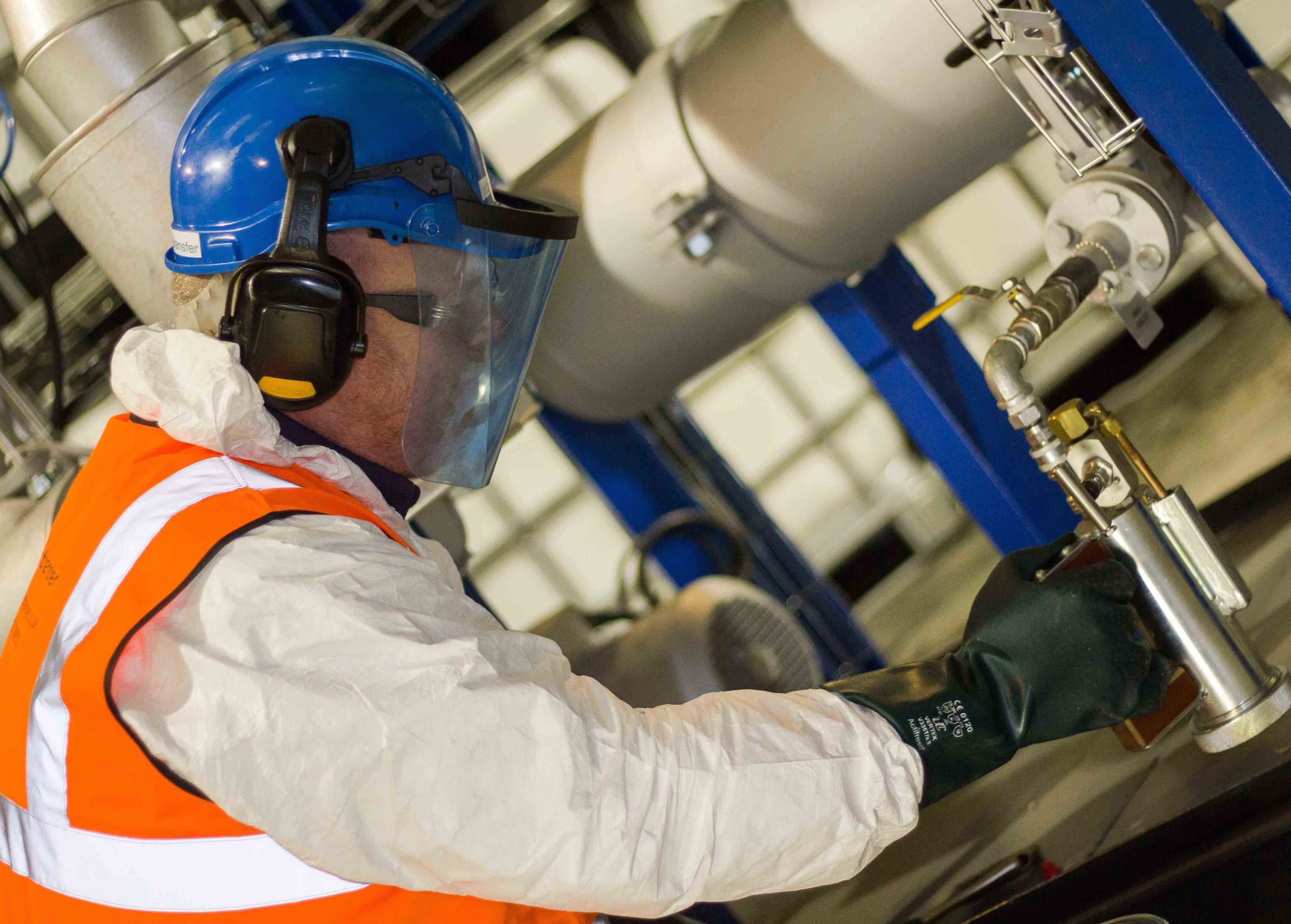When it comes to thermal fluids, Clive Jones urges companies to act on early warning signs
Thermal fluids are used in a variety of sectors including manufacturing pharmaceuticals, cosmetics, textiles, petrochemicals and food. If a pump can be said to be the heart of industry and a control system the brain, then we could argue that thermal fluids are industry’s circulatory system. Here, we look at best practice and the early warnings that can help diagnose problems with heat transfer systems and thermal fluids.
A manufacturing company recently asked Global Heat Transfer to conduct some tests and analyse their heat transfer fluid. Although the fluid had just been changed, the system was acting in an abnormal way and the operations team couldn’t understand where the fault was. Reduced flow rates and a high content of sludge were the main issues occurring time and again.
Although it seemed that all maintenance procedures were followed appropriately, in just six months the system decayed so badly that sludge had to be manually removed twice a week.
This meant that, after the sludge was taken out of the filters, the 4,000 litre system had to be topped up with 400 litres of fresh heat transfer fluid. Depending on the type and volume required, heat transfer fluid replacements can become a huge financial burden on maintenance budgets.
Laboratory analysis
A sample of the fluid was taken and tested using an independent laboratory. Global Heat Transfer’s analysis of the results revealed abnormally high amounts of carbon residue. A normal system should only have 0.02% carbon residue, whereas the sample was in excess of 3.4%.
Dangerously, the flashpoint temperature was as low as 146°C, which is close to the 100°C condemnable limit of many thermal fluids. In ideal circumstances, the system should have been able to withstand flashpoints as high as 260°.
High amounts of carbon in a heat transfer system can lead to fouling. This means that, over time, carbon deposits bake inside pipework. At this stage, maintenance activities are relatively easy to conduct, as the carbon is still soft and can be flushed by using thermal cleaning products, such as the Globaltherm C1 cleaning and flushing fluid. Ideally, action should be taken when the carbon residue level is somewhere between 0.75 and 1.00% of total fluid weight.
In the manufacturing plant in question, the carbon deposits were three and a half times higher than this level. In such situations, the carbon is already hardened and cannot be easily flushed. Carbon deposits act as an insulator and thus the entire system loses thermal efficiency and more energy is needed to heat it up.
In these more severe cases where carbon is hardened or baked onto the system, a simple flushing procedure is not enough. A more aggressive type of cleaner is needed and once flushing is completed, a second safety flushing must take place. This is to ensure that there are no remaining cleaning products that can later react with the virgin heat transfer fluid.
Proactive approach
Any plant using heat transfer fluids can reduce costs with a robust maintenance plan, such as Global Heat Transfer's Thermocare. Such maintenance plans promote a proactive approach that could save manufacturers up to 75% on maintenance and energy costs over a five year period - much more effective than manually removing sludge twice a week.
Clive Jones is MD of Global Heat Transfer.
